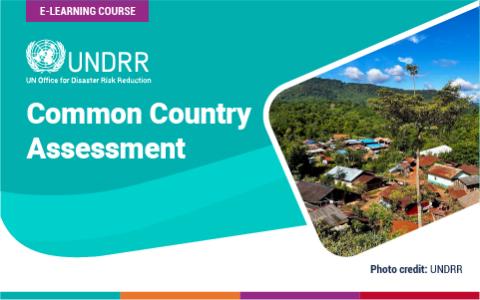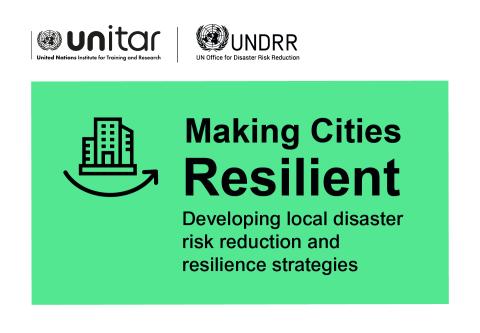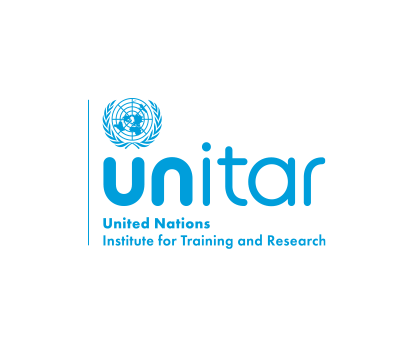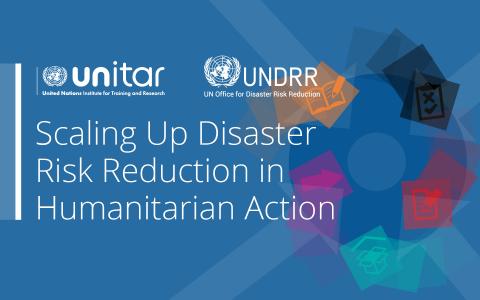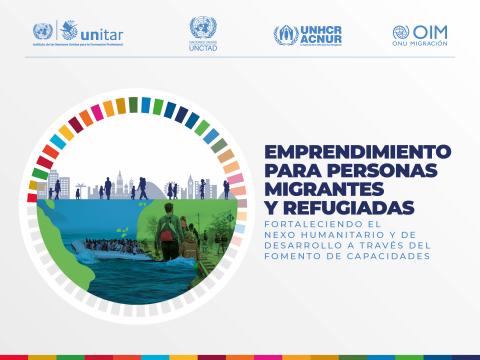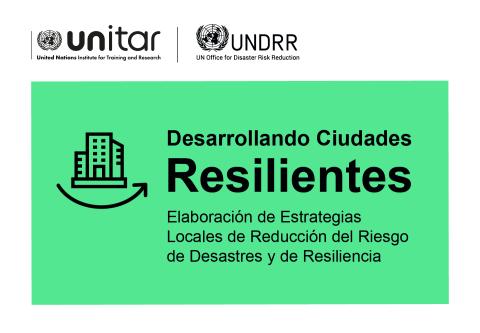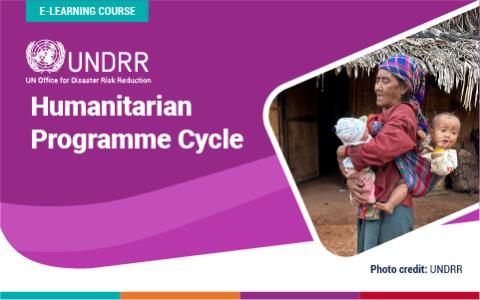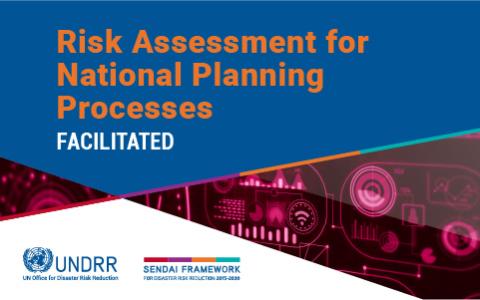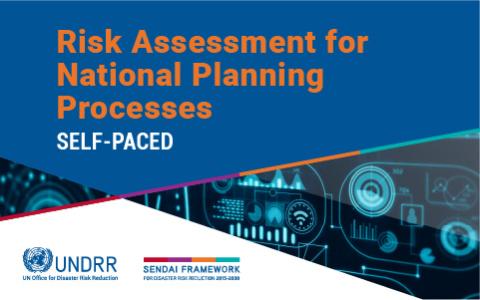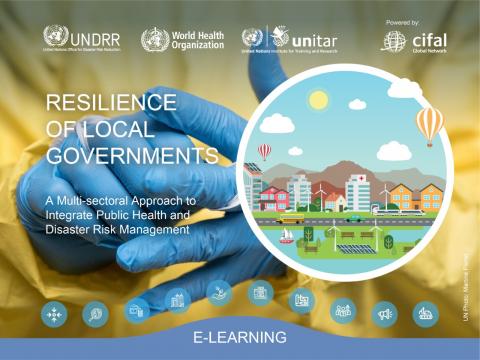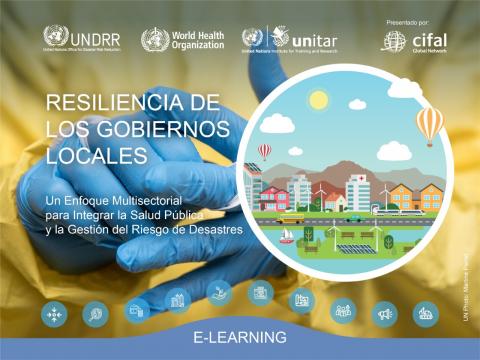108 results found
-
Open-registration event
E-learning
Open for registration / application
-
Open-registration event
Face-to-Face
Closed for new registrations
-
Open-registration event
Face-to-Face
Closed for new registrations
-
Open-registration event
E-learning
Open for registration / application
-
Open-registration event
E-learning
Open for registration / application
-
Open-registration event
E-learning
Open for registration / application
-
Open-registration event
E-learning
Open for registration / application
-
Open-registration event
E-learning
Open for registration / application
-
Open-registration event
E-learning
Open for registration / application
-
Open-registration event
E-learning
Open for registration / application
-
Open-registration event
E-learning
Open for registration / application


